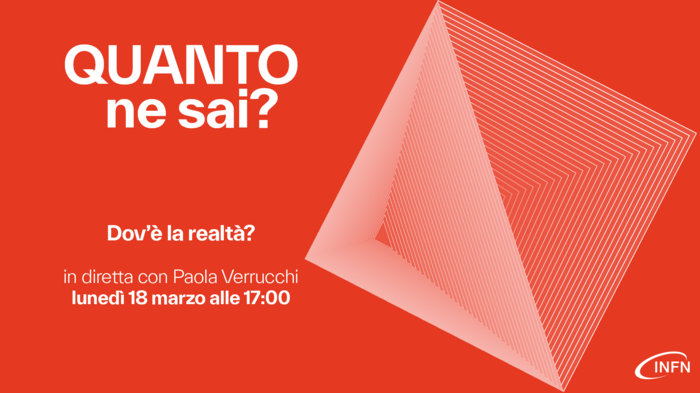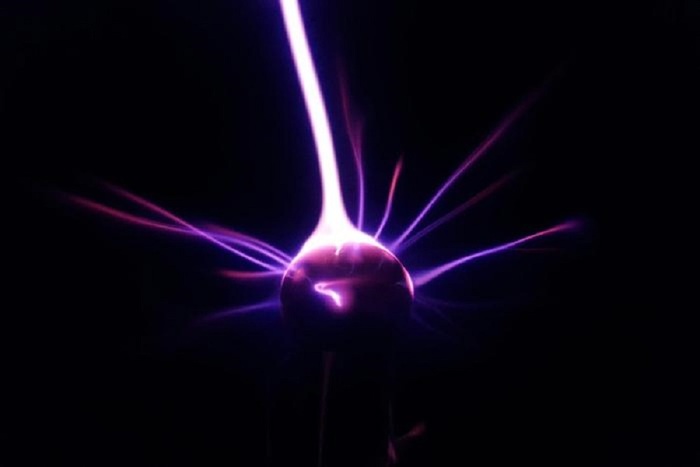By awarding its three scientific prizes this week, the Nobel Academy has brought to light some astonishing links.
First, this heritage bequeathed to us by the human species that coexisted with ours a very long time ago.
We know it thanks to the recovery of DNA from Sapiens, Neanderthals or Denisova's man.
Innovative methods, distinguished by the Nobel, have shown that we have many genes in common, a sign that children are born from these distant encounters.
Curious correlations also that have these elementary particles which adopt a similar behavior whatever the distance which separates them.
A phenomenon that experiments carried out in recent decades have verified and which promises a real technological revolution.
Fabulous reactions, finally, between molecules, which “click chemistry” allows and which makes this discipline take a leap forward.
We will explain everything to you.
Read alsoThe Nobel Prize is 120 years old: ten discoveries that accompany us every day
Medicine: ancient DNA to the rescue of modern humans
The pitch, in one sentence
A pioneer in a science called paleogenomics, Svante Pääbo worked to reconstruct the Neanderthal genome and identify another extinct human species, Denisova.
The scientist
Svante Pääbo, 67, geneticist at the Max Planck Institute for Evolutionary Anthropology (MPI EVA) in Leipzig, Germany.
What did he discover?
The Swede, founder of the genetics department of the MPI EVA, is considered the godfather of paleogenomics, a discipline that consists of reconstructing the genetic material of ancient specimens.
An undertaking which at first seemed impossible: over time, DNA degrades and may be contaminated by those of other species.
But through elaborate techniques, Svante Pääbo succeeded.
In particular, he got his hands on the mitochondrial DNA of Neanderthals, sequences which have the advantage of having numerous copies in the cells, which facilitates their decoding.
Above all, in 2010, he published the complete sequencing of the Neanderthal genome from bones.
Another major discovery is made possible by a 40,000-year-old finger bone found in a cave in southern Siberia in 2008. DNA indicated that it was not from Neanderthals or Sapiens, but from 'an individual belonging to a new group of hominins, named the Denisovans, after the cave in which the remains were found.
This is the first time that an extinct human species has been discovered with DNA analysis.
Svante Pääbo is also involved in recovering the oldest human DNA on record, sequences dating back 430,000 years.
What has changed?
The emergence of paleogenomics has revolutionized the knowledge of human lineages and shows how human species have coexisted.
We now know that Neanderthal, the first archaic human whose DNA is known, crossed with Sapiens and that we have 1% to 4% of its genome.
Same thing with Denisova's man, since billions of contemporary Earthlings have inherited part of his DNA.
Pääbo's work has also made it possible to show that these archaic genes are involved in the physiology of modern humans: thus the adaptation of Tibetans to altitude comes from their Denisovan ancestors.
During the Covid-19 pandemic, it was discovered that a DNA fragment inherited from Neanderthals promotes severe forms of the disease.
Last month, we learned that a genetic variant found in Sapiens, but not in Neanderthals or Denisova, is linked to greater neuronal growth.
Knowing the differences between modern humans and extinct human species sheds light on what is unique about our species.
Physics: a revolution at the particle scale
The pitch, in one sentence
By confirming an astonishing property of particles, award-winning scientists have paved the way for the second quantum revolution, which has many applications, particularly in computing.
The scientists
Alain Aspect, 75, professor at the Institute of Optics and at the Ecole polytechnique.
John F. Clauser, 79, former researcher at the University of Berkeley, California.
Anton Zeilinger, 77, professor emeritus at the University of Vienna, Austria.
What did they discover?
To understand the interest of the discovery, it is necessary to be interested in a rule of quantum mechanics, this discipline of physics which is interested in the behavior of elementary particles.
Called quantum entanglement, it states that the behavior of two particles can be linked regardless of the distance between them.
Described in detail by Albert Einstein, Boris Podolsky and Nathan Rosen in 1935, the phenomenon is considered unrealistic by these researchers.
For them, it is impossible for two distant particles to behave instantaneously in the same way without exchanging a signal, which could not go faster than light.
They therefore consider that quantum mechanics is an incomplete theory.
However, an experiment conducted in 1972 by John F. Clauser abounds in the direction of quantum mechanics.
Ten years later, Alain Aspect manages to establish irrefutably the phenomenon of entanglement once the two particles have interacted in the past.
As for Anton Zeilinger, he highlighted a phenomenon called quantum teleportation, which makes it possible to modify the state of a particle at a distance.
What has changed?
The second quantum revolution is underway.
Confirmation of the existence of entanglement foreshadowed current research into quantum computing, computers with unrivaled computational capabilities that should help solve very complex problems.
The emergence of the quantum Internet should be accompanied by ultra-secure communications.
The other big promise is quantum sensors.
Very sensitive, they should make it possible to observe cerebral activity, measure gravity, or even predict a volcanic eruption.
Chemistry: molecules made in one click
The pitch, in one sentence
The recipients have developed a rapid and efficient means of manufacturing complex molecules, in particular for the benefit of pharmaceutical research.
The scientists
Carolyn R. Bertozzi, 55, chemist at Stanford University, United States.
Morten Meldal, 68, professor of chemistry at the University of Copenhagen, Denmark.
K. Barry Sharpless, 81, professor at the Scripps Research Institute in San Diego, USA.
What did they discover?
The knowledge accumulated in chemistry since the 18th century has made it possible to imitate nature and to synthesize molecules in the laboratory, in particular for the benefit of medicine.
Nevertheless, the creation of complex molecules requires several steps and generates the appearance of undesirable by-products that must be eliminated, at the risk of losing a good part of the substance.
But at the turn of the millennium, Barry Sharpless invented “click chemistry”.
"Click" like the sound of a seat belt being clipped.
Because this researcher, for whom it is the second Nobel Prize in chemistry, has imagined a concept making it easier to attach two molecules together.
Reactions are faster and more efficient and unwanted by-products are avoided.
Each on their side, Barry Sharpless and Morten Meldal then demonstrated that it was possible to build molecules in a spectacular way using copper ions.
But the latter have a problem: they are toxic.
Carolyn R. Bertozzi, for her part, used click chemistry on living organisms without disturbing their integrity and functioning.
Its so-called “bio-orthogonal” chemistry, which allows, among other things, to map certain molecules on the surface of cells, is also distinguished by the reward.
What has changed?
Click chemistry should help improve the development of pharmaceutical products, particularly in the fight against cancer, with treatments currently in the clinical trial phase.
The labeling of molecules makes it possible to explore cells and observe biological processes.
We can also use this innovation to map DNA and create new materials.
Want to rewind?
From the pleasure of hugs to the climate puzzle, understand everything at the Nobel 2021 (when you don't know anything about it)
Hepatitis, black holes and molecular scissors: understand everything at the Nobel 2020 (when you know nothing about it)
Oxygen, big bang and lithium-ion batteries: understanding everything at the 2019 Nobel Prizes (when you know nothing about it)














